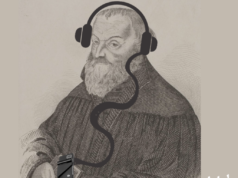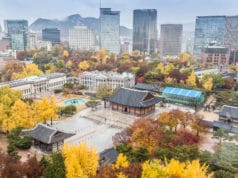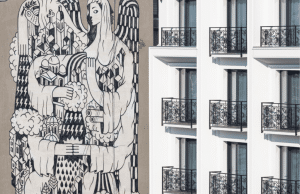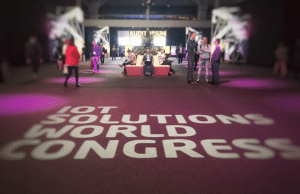Sunset announced the dusk; darkness would soon cover the countryside. It was time for me to leave Bela Krajina, where I was spending the Sunday afternoon with an old friend, and head home to Ljubljana, into the city that is becoming better and more beautiful at first, second, and maybe even third glance. The more it is renovated and restored, the more magnificent it appears. Yet sadly I have to realise that I will probably never find the warmth and kindness I felt of the people in the country side in the city.
We are the ones who invented urban centres and the countryside, maybe due to their differences, their contrast, which we are reminded with a sort of meta reflective, intuitive thought. As with all our conscious thought, even my current reflection on their difference is actually a result of neutron processing, happening right under the surface of the skull. It happens through one of nature’s biggest wonders: in the human brain, pondering our own existence and the creation of the world.
A few years ago Professor V.S. Ramachandran held a lecture in Monterey, California, where he spoke about what brain injuries tell us about our thought processes and brain activity. And later in India he spoke on how the neurons shaped civilisations. Both times he began his lecture with a startling calculation.
According to his estimate, the human brain holds one hundred billion neurons. Each of them forms something between thousands and tens of thousands connections with other neurons. According to this, one human brain produces more permutations and combinations than there are particles in the universe.
To illustrate, let me offer this data – most of the known universe consists of “dark matter”, which includes 400 photons and 100 neutrino-particles per cubic centimetre. If we imagine space as a sphere with a diameter of 30 gigaparsecs (light would take 95 billion years to cross this distance) and “count” the elementary particles we get a really huge number: 2.5 x 1089.
So, what is the connection between this huge number of neutron interactions and exhibitions, as representatives of meetings industry events? The analogy I perceive here is in the interaction itself and in understanding the importance of a meeting of businessmen, buyers, sellers and information-seekers in an exhibition space, which happens in the mirror of our neutrons: at the exhibition. I understand the significance of the physical interaction, this irreplaceable form of interpersonal relations, which gives us much more than any other means of communication.
The president of UFI (The Global Association of the Exhibition Industry, with a seat in Paris), Eric Everard, claims there is no substitute for in-person or face-to-face communication, despite some ICT companies’ efforts to steal a piece of profit from exhibitions by offering online information on exhibitions (and mostly their exhibitors, service and products) through social media ads. Digital media and social networks in the hands of exhibition organisers should strive for a more important goal and should be the tool to improve in-person meetings for the breakthrough the meetings industry desperately needs.
Rastko Aleš













